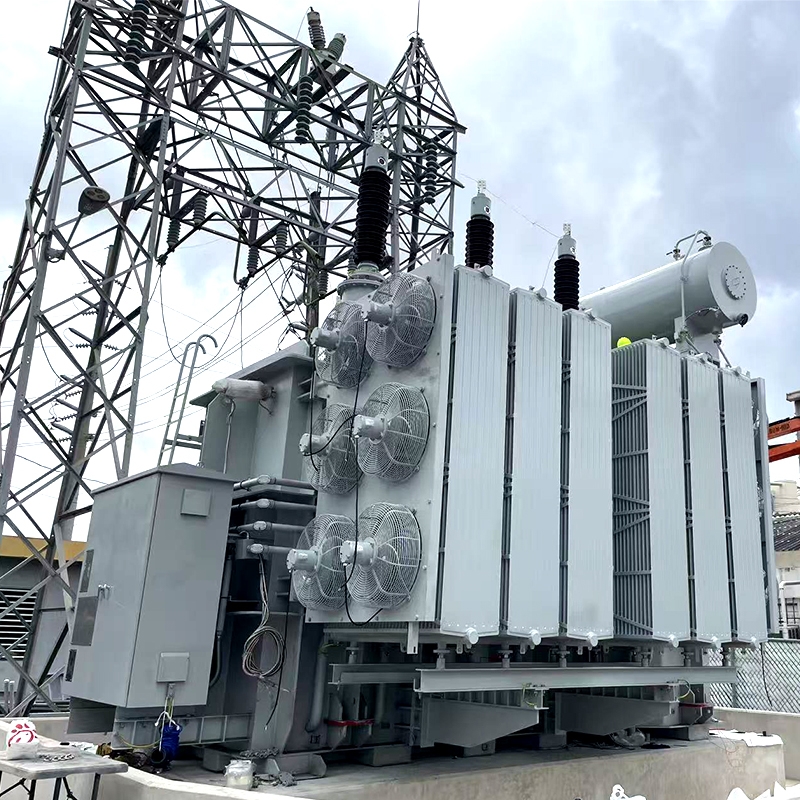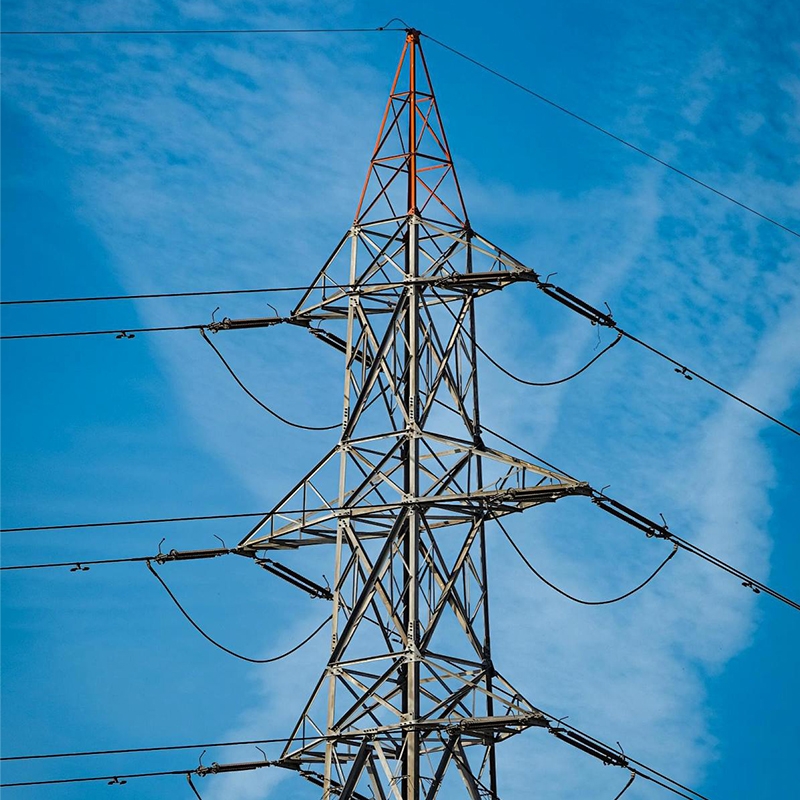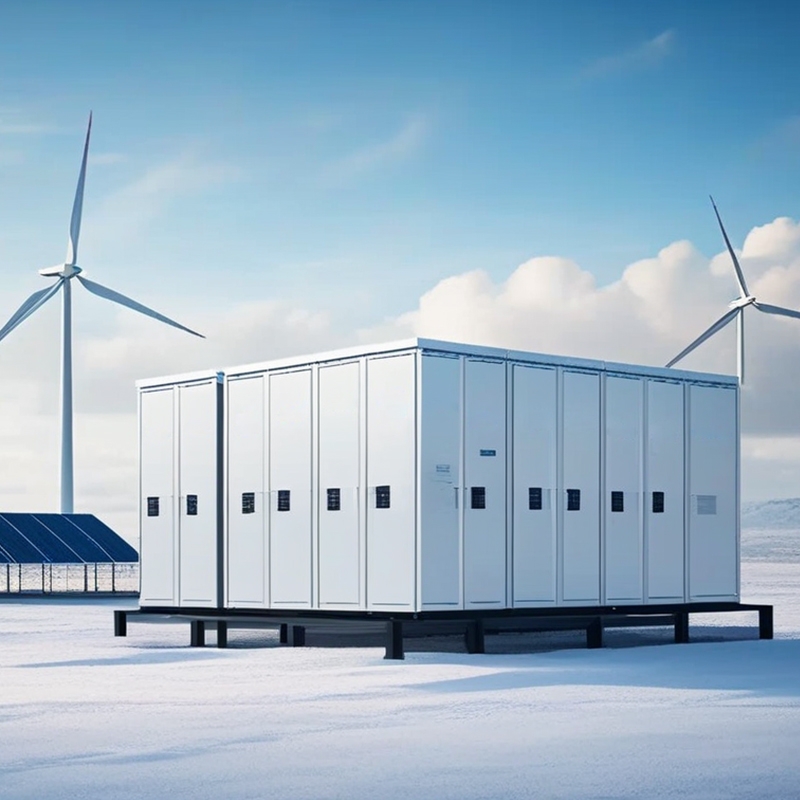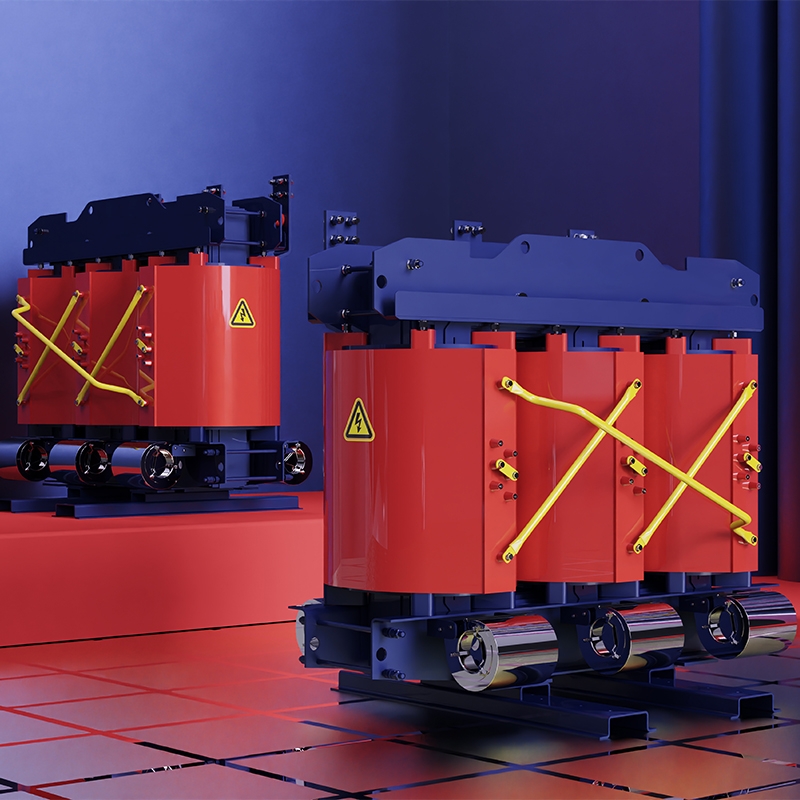Transformer "Triangle connection" and "star connection"
Content summary
The common transformer winding has two kinds of connection, namely "triangle connection" and "star connection"; In the connection group of the transformer, "D represents a triangular connection," Yn "represents a star-shaped connection with a neutral line, Y represents a star-shaped connection, and n represents a neutral line. "11" indicates that the line voltage Uab on the secondary side of the transformer lags the primary side voltage UAB330 degrees (or 30 degrees ahead).
1. The representation of the connection group of the transformer
1.Y, D
The connection group of the transformer is expressed as follows: uppercase letters indicate the wiring mode of the primary side (or the original side), and lowercase letters indicate the wiring mode of the secondary side (or the secondary side).
Y (or y) is a star connection, and D (or d) is a triangle connection.
The number uses clock representation to represent the phase relationship of the first and second side line voltages. The first side line voltage phasor is used as the minute hand, fixed at the position of 12 o 'clock of the clock, and the second side line voltage phasor is used as the hour hand.
2.Yn, d11
"Yn, d11", where 11 means: when the primary side voltage phasor is at 12 o 'clock as the minute hand, the secondary side voltage phasor is at 11 o 'clock. That is, the secondary side line voltage Uab lags behind the primary side line voltage UAB330 degrees (or 30 degrees ahead).
3.4 types of wiring
The two windings of the transformer are combined to form four types of wiring groups:
"Y, y", "D, y", "Y, d", and "D, d".
Our country only uses "Y, y" and "Y, d". Since there are two types of Y connection with neutral line and without neutral line, no symbol is added without neutral line, and the letter n is added after the letter Y. n indicates that the neutral point has an exit line. Yn0 connection group, UAB and uab overlap, the time and minute hands are pointed at 12. "12" is represented by "0" in the new wiring group.
Two, transformer wiring group
1. Current A, a
The polarity of the transformer is marked with reduced polarity. The negative polarity marking is that the two windings on the same core column are called the same polarity at A relatively high potential point or relatively low potential point at a certain moment, and are marked with the same end "A", "A" or "•". After the negative polarity label is used, when the current flows in from the primary winding "A", the secondary winding current flows out from "a". The wiring group of the transformer is the primary three-phase weight winding transformer, and the phase relationship between the corresponding line voltage on the secondary side adopts the clock representation. The minute hand represents the original side voltage phasor, and the outside of the minute is fixed to 12, the hour hand represents the corresponding secondary side voltage phasor, and the point is the number of o 'clock connection.
2. Primary and secondary coil Y, y
In the no-load operation of the transformer, the high voltage side of the Yyn0 connection group is a "Y" connection, and the excitation current is a sine wave. Due to the non-linearity of the magnetization curve of the transformer, the core flux is a flat-top wave, which contains a large third harmonic component. For the three-core core configuration, the odd-order flux has no channel, only through the air gap, the box wall and the clamping bolt, which increases the hysteresis and eddy current loss. In the Dyn11 connection, the odd harmonic current can be circulated in the high voltage winding, so that the magnetic flux in the core is a sine wave, and the loss of the former will not be generated. With the same capacity, the no-load loss of the Dyn11 connection can be reduced by 10% compared with the Yyn0 connection.
3. Zero sequence current
During load operation, if the load on the secondary side is asymmetrical, there is zero sequence current in all items, the value of which is 1/3 of the neutral line current. Zero sequence current generates zero sequence flux in the transformer core, and there is no zero sequence current in the transformer high-voltage side of the Yyn0 connection to demagnetic it. Zero sequence flux has no path in the transformer core column, and can only form a loop through the air gap, box wall and clamping bolt, resulting in additional loss. In view of this, the large-capacity transformer should not use Yyn0 wiring, the maximum capacity of 1800kVA, and stipulates that the neutral line current of the Yyn0 wiring transformer should not exceed 25% of the rated current on the low-voltage side; In Dyn11 wiring, the zero sequence current of the primary winding can be circulating in the winding, which in turn can weaken the zero sequence flux of the secondary winding, so that the zero sequence flux does not cause the overheating of the distribution, so the neutral current can almost reach the phase current value (generally can reach 80% of the phase current). Regulations Dyn11 wiring transformer neutral line current should not exceed 40% of the rated current of the low voltage side, so Dyn11 wiring can make full use of the variable capacity as much as possible, but also reduce the loss, the same capacity of the variable load loss Dyn11 wiring than Yyn0 wiring can be reduced by 20%.
In terms of power supply quality, for the configuration of Yyn0 connection, because the secondary zero-sequence flux is not demagnetized, the zero-sequence impedance is large, so the zero-sequence voltage is also large. However, due to the demagnetization of a zero-sequence magnetic flux in Dyn11 wiring, the resultant zero-sequence magnetic flux in the core is very small. According to the measured data, it is found that the zero-sequence impedance of Yyn0 wiring with the same capacity is 8 ~ 10 times larger than that of Dyn11 wiring. In this way, under the same zero sequence current, the zero sequence voltage of the former is 8 to 10 times larger than that of the latter, resulting in a large shift in the neutral point of the Yyn0 wiring configuration, and the phase voltage asymmetry is serious.
4. Single-phase short circuit
When a single-phase short circuit occurs at the low-voltage bus bar, because the Dyn11 wiring is configured with a small zero-sequence impedance, yn11 wiring is much larger than the single-phase short circuit of Yyn0 wiring, so the sensitivity of the low-voltage main switch overcurrent protection is much higher. For the high-voltage side, because the low-voltage single-phase short-circuit current of the Dyn11 wiring has a large crossing current on the high-voltage side, when the high-voltage side overcurrent relay protection When used as low-voltage single-phase grounding protection, its sensitivity is also greater than that of Yyn0 connection. Although Dyn11 wiring has many advantages, the distribution of the two wiring groups varies in rural low-voltage power technical regulations
Third, why should the main transformer low-pressure side adopt the triangle connection method?
1.Y, D
It's triangular in order to eliminate third harmonics. Prevent a large number of harmonics from being transmitted to the system, resulting in distortion of power grid voltage waveform. An important feature of the third harmonic is the same phase, which can form a circulation on the triangle side, so as to effectively weaken the harmonic transmission to the system and ensure the quality of power supply. There is also zero sequence current can also form a circulation in the triangular connection, because the main transformer high voltage side uses the neutral point to ground directly, to prevent the low voltage side failure, zero sequence current into the high voltage side, so that the upper power grid zero sequence protection misoperation.
The main transformer high voltage side connection star type is to reduce the loss of the line, reduce the current of the line, reduce non-ferrous metals and improve the neutral ground. The low voltage side triangle is due to the third harmonic attenuation effect of the triangle.
Low transformer high voltage side triangle type is to prevent the third harmonic into the low voltage side, the harm to electrical equipment. The reason is that the voltage on the high voltage side is the generator outlet voltage, the winding on the high voltage side is connected to the Y type, and the phase voltage is 1/√3 of the line voltage. The winding on the high voltage side of the transformer can be done according to the phase voltage. If the high voltage side is connected to the triangle, the high voltage side winding of the transformer is required to be done according to the line voltage of the generator, and the cost increases a lot. The low voltage side is connected to a triangle: the general voltage of the low voltage side of the excitation is low, mostly not more than 1000V, during normal operation, the transformer low voltage side excitation current is very large, connected to a triangle, the phase current is 1/√3 of the line current, the cross-sectional area of the winding wire is small, the processing is easier, and the manufacturing cost of the winding can be reduced a lot. In addition, it also forms a circuit for the third harmonic, which plays a role in protecting the generator.
1, the high voltage side Y connection, the phase voltage is low, can reduce the cost to improve insulation;
2, low voltage side Angle connection, low phase current, can reduce the winding cross-sectional area, reduce costs; Anti-third harmonic.
In the transformer, it is hoped that the primary and secondary sides have one side connected into a triangle, which is to have a side that can provide a loop for the third harmonic current, so as to ensure that the induced potential is a sine wave and avoid distortion. The winding of the triangular connection plays the same role on the primary side or on the secondary side. However, in order to save insulation materials, in fact, the star connection is always used on the high pressure side, and the triangle connection is used on the low pressure side. Because the high-voltage side is under a certain line voltage, its phase voltage is only 1/√3 of the line voltage, and the insulation is usually designed according to the phase voltage, so less material is used. That is, the insulation layer does not need to be wrapped so thick (otherwise, the length of the wire should be increased when the number of turns is the same). Correspondingly, the core does not have to be larger because of the winding volume. And the main system for the high current grounding system, can only use the high voltage side star connection mode.
For the connection mode of the three-phase transformer group, if the star/star connection is used, the waveform of the phase potential can be seriously distorted, which may cause insulation breakdown.
D-D; Y-Y; D-Y; Y-D Is there any difference between the four kinds of transformers used in what occasions?
In addition, for example, if a Y-Y transformer is connected to a D-Y transformer, can the N-line of Y-Y be connected to the N-line of the D-Y transformer? Doesn't seem right? How do you handle this?
Because the Y type has a neutral point to ground, it is mostly used to provide ground for the high voltage side, that is to say:
Y-D generally makes step-down transformers,
D-Y is generally used as a boost transformer, but in fact, many distribution transformers (belonging to step-down transformers) also use D-Y connection, but the ground measurement has become a low-voltage side.
The good thing about D-D is that if one of them goes bad, you can take it out for repair and keep the other two legs working at 58% of their original capacity,
Y-Y is generally not used, because it has no harmonic path, which will cause a large distortion of the transformer output.
For the two-stage transformer problem, for example, your office building will have a 10/0.4 transformer power supply, its y-neutral point is grounded, but you need to convert the voltage of 400V or 380V to 110V for your special equipment, Then the actual n wire of this small transformer is the transformer connection that is finally grounded through the n wire of the transformer at the previous level
At present, the common connection method of transformers is Y(star) and D (corner), and the distribution transformer also uses the Z connection method.
1. Advantages of the Y connection
Most economical for high voltage winding;
Can have a midpoint can be used;
Allow ground directly or through impedance;
Allow the insulation level at the midpoint to be reduced (i.e. graded insulation);
The tap can be arranged at each phase point, and the tap changer can also be located at the midpoint;
Allow single phase load, midpoint can carry current.
2. Advantages of the D connection
The most economical for high current low voltage winding;
Zero-sequence impedance can be reduced when used with Y-connected winding.
3. Advantages of Z connection
Allows mid-point current-carrying loads and has low zero-sequence impedance;
Can be used as a grounding transformer connection to form an artificial midpoint;
Can reduce the voltage imbalance in the system (three-phase load imbalance in the system);
It can be used as a connection method of distribution transformer in Dore area.
The above is the advantage of a single connection, the general transformer has at least two windings, so the transformer has several combinations of connections.




